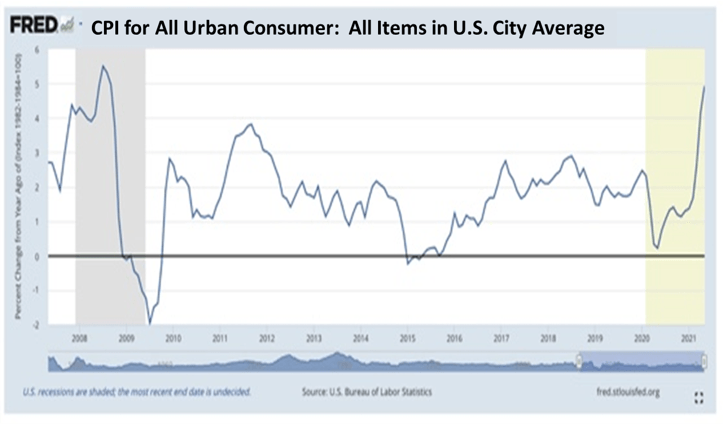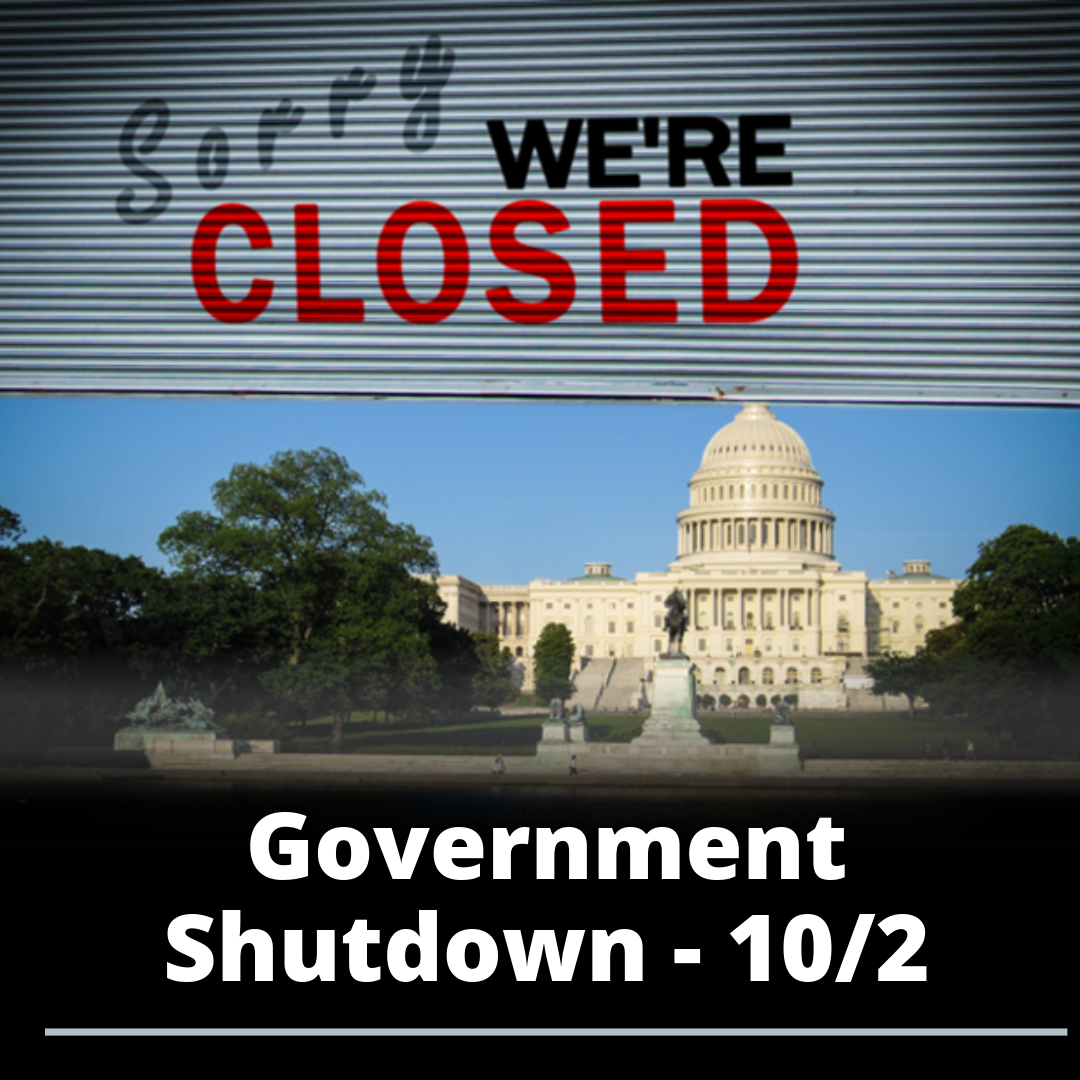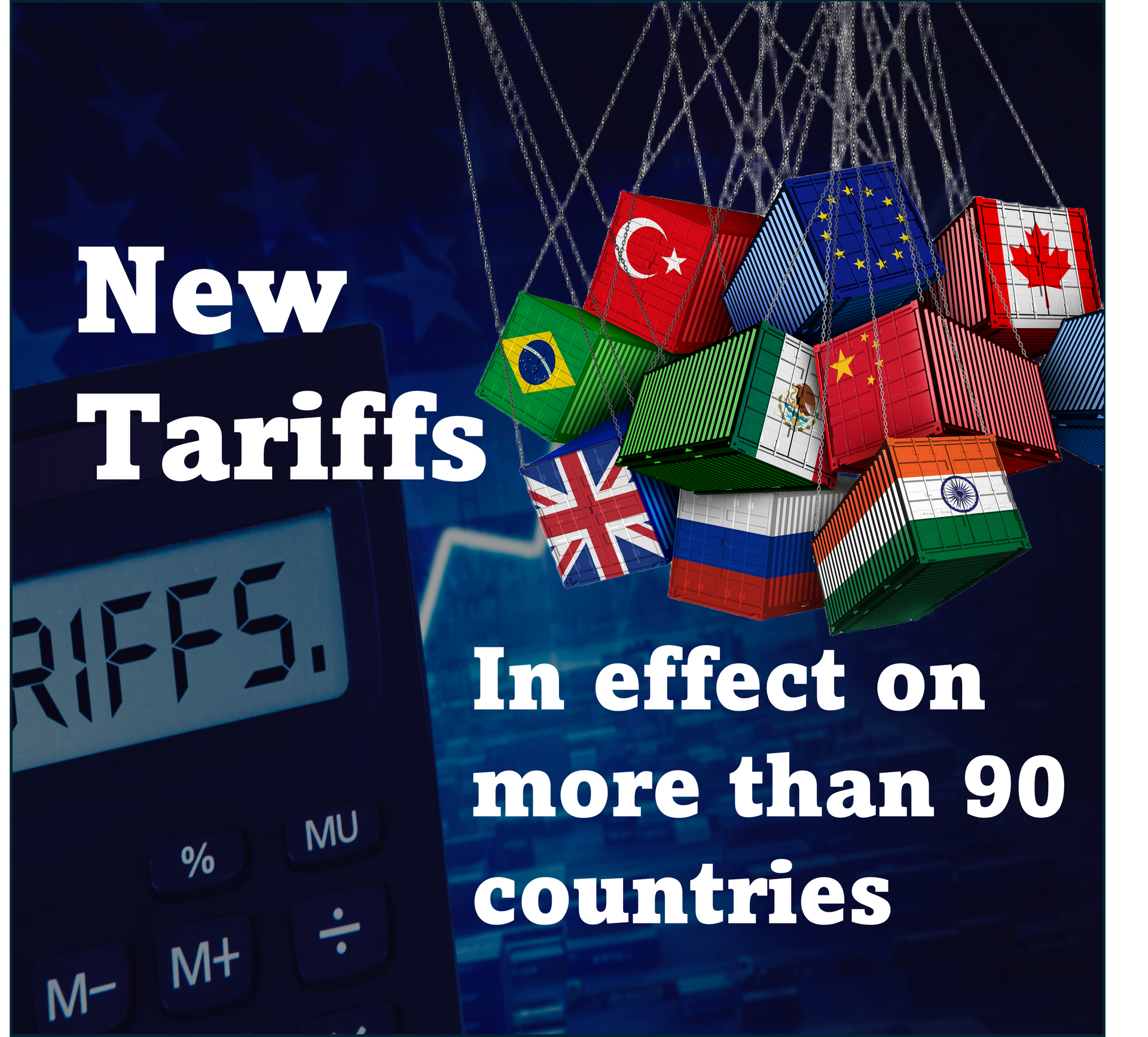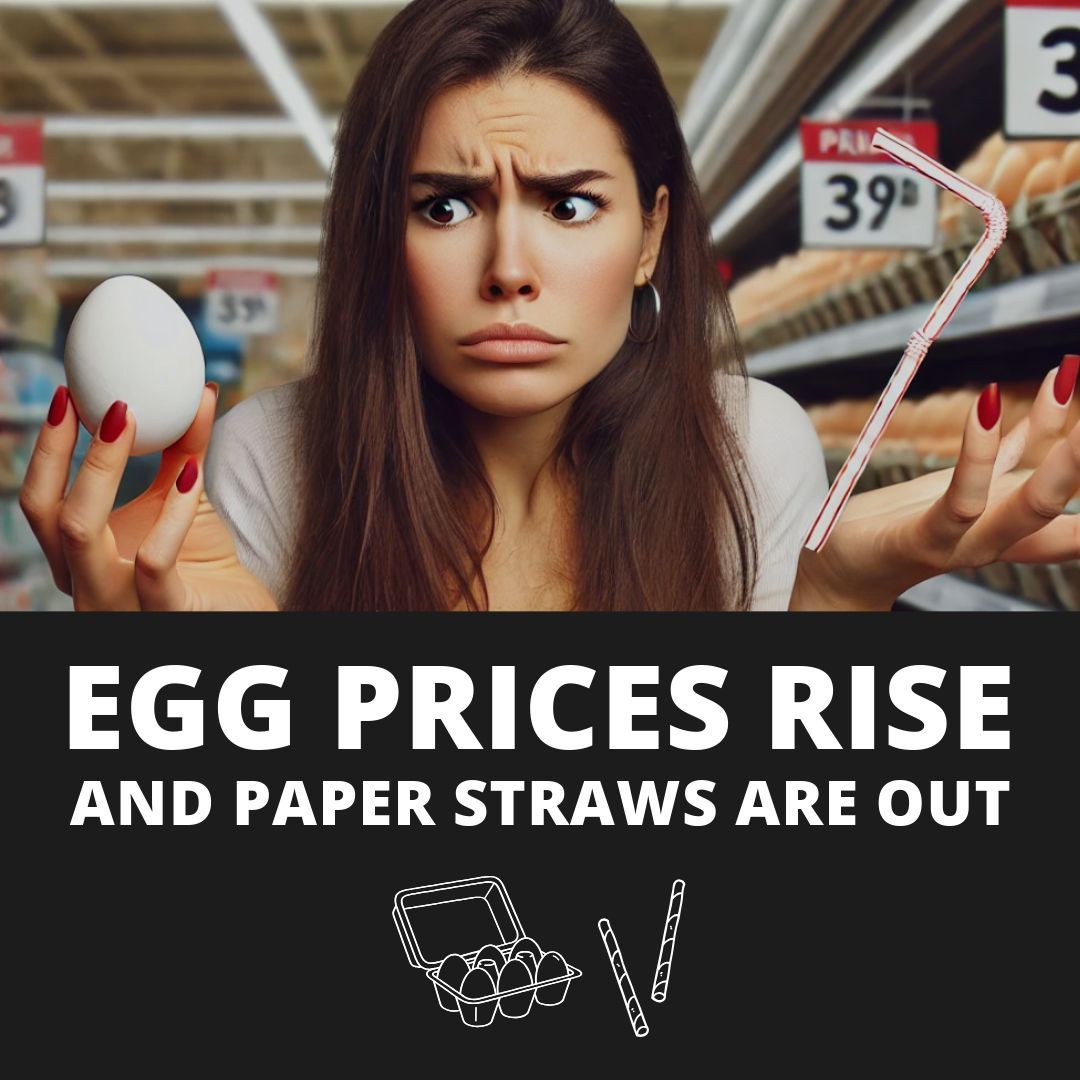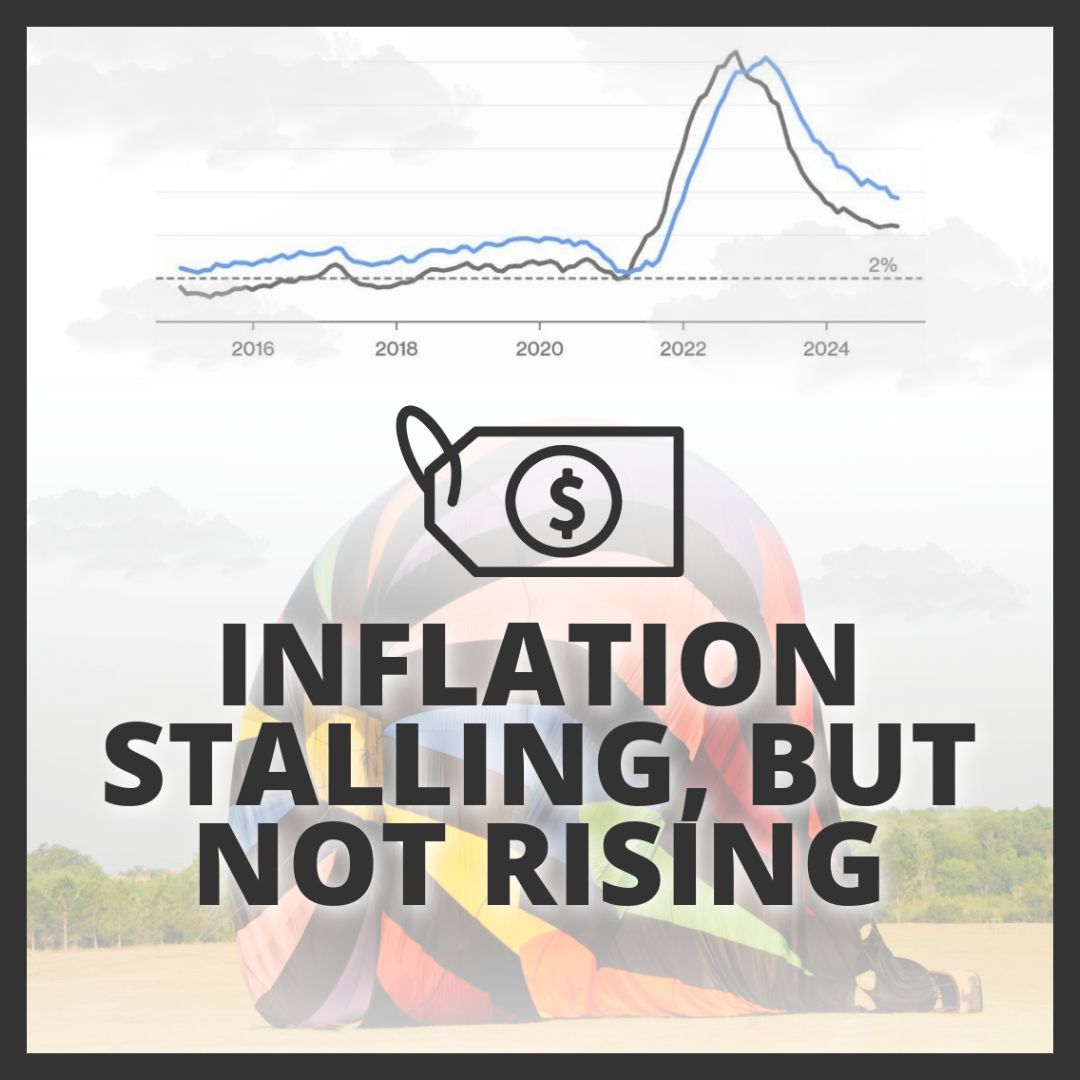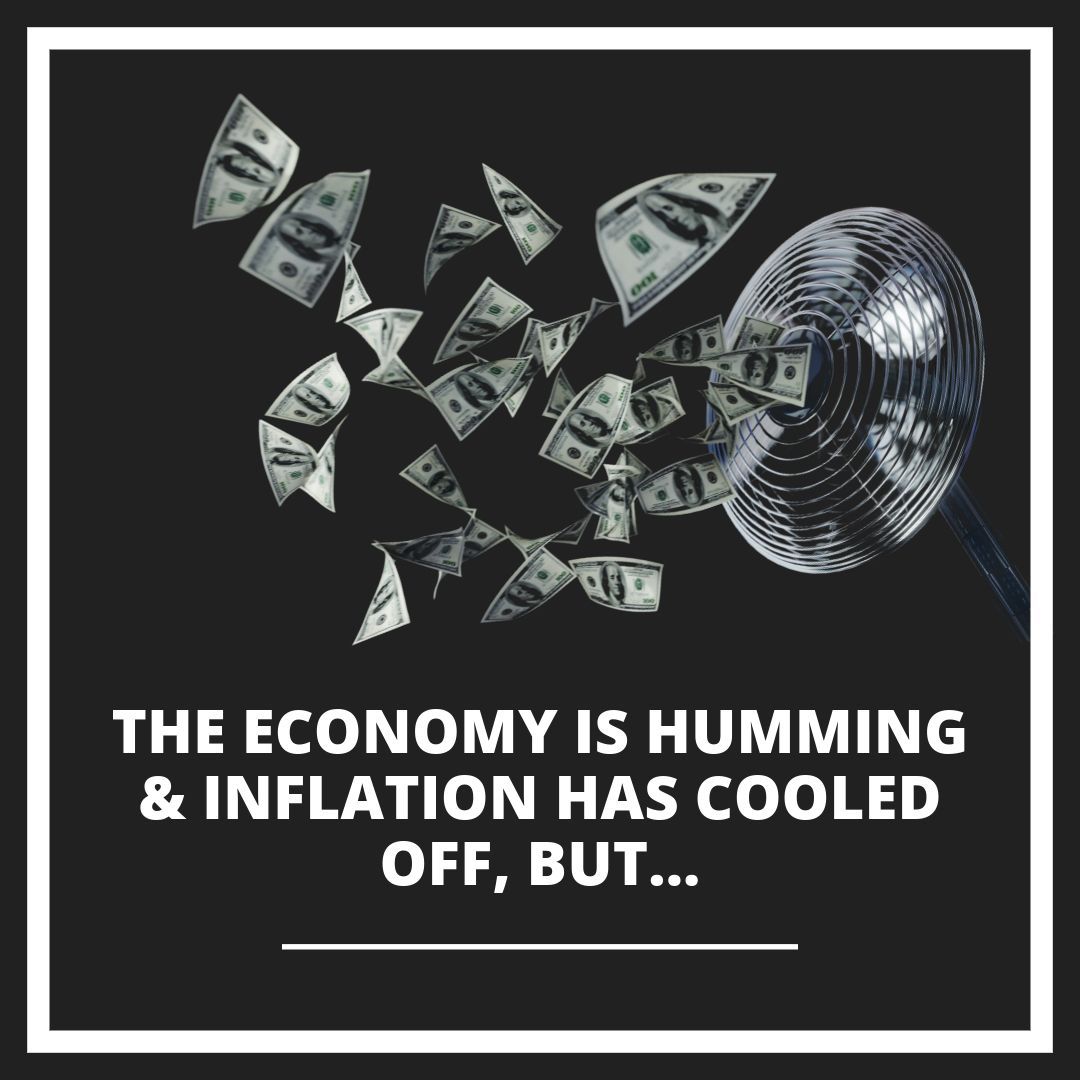Labor Leads the Rebound
Labor Leads the Rebound

Jobless claims decreased by 9,000 week-over-week
to 376,000 last week to the lowest level since March 14, 2020.
Available jobs climbed to 9.3 million in April, the highest in records back to 2000.
Open positions nearly matched the 9.8 million Americans who were unemployed
and searching for work during the month.
The rate at which workers quit their jobs,
a sign of confidence in the labor market, also rose to a record high in April, and the rate at which workers were laid off fell to a record low.
U.S. consumer sentiment rebounded in early June as inflation fears subsided
and households grew more optimistic about future economic growth and employment.
Inflationary pressure:
The Bureau of Labor Statistics Consumer Price Index
report, showed an increase of 0.6% from April to May, and 5% year-over-year. Outpacing economists’ forecasts and the latter represented the fastest year-over-year price growth since 2008.
Inflation has not affected all economic sectors equally.
- Food and shelter increased only 2.2 percent since May 2020, well within the Federal Reserve’s flexible 2% average inflation target (though bacon is up 13%!).
- If you want to move from one place to another it’s going to cost you: Gasoline prices are up 56.2% year-over-year
- Used cars and trucks up 29.7%
- Car and truck rentals up 109.8%
- Airline fares up 24.1% from a year ago,
- Bicycles up 10.1%
The economy was very strictly locked down last May, leading demand for many goods and services to plummet.
- Gasoline prices, are up 56.2% from May 2020, but just 3.4% from May 2019.
- Plane tickets are up 24.1% from year ago but are 11.3% cheaper than they were two years ago.
- However, the price of used cars and trucks skyrocketed no matter where you start the count from A fresh wave of Covid-19 clusters in Asia is creating new bottlenecks in the global supply chain, threatening to push up prices and weigh on the post-pandemic recovery.
The run-up in commodity prices is casting a cloud over the global economic recovery, slamming vulnerable businesses and households and adding to fears that inflation could become more persistent.
Source: “The Madison Weekly Market Wrap”, June 13 2021

